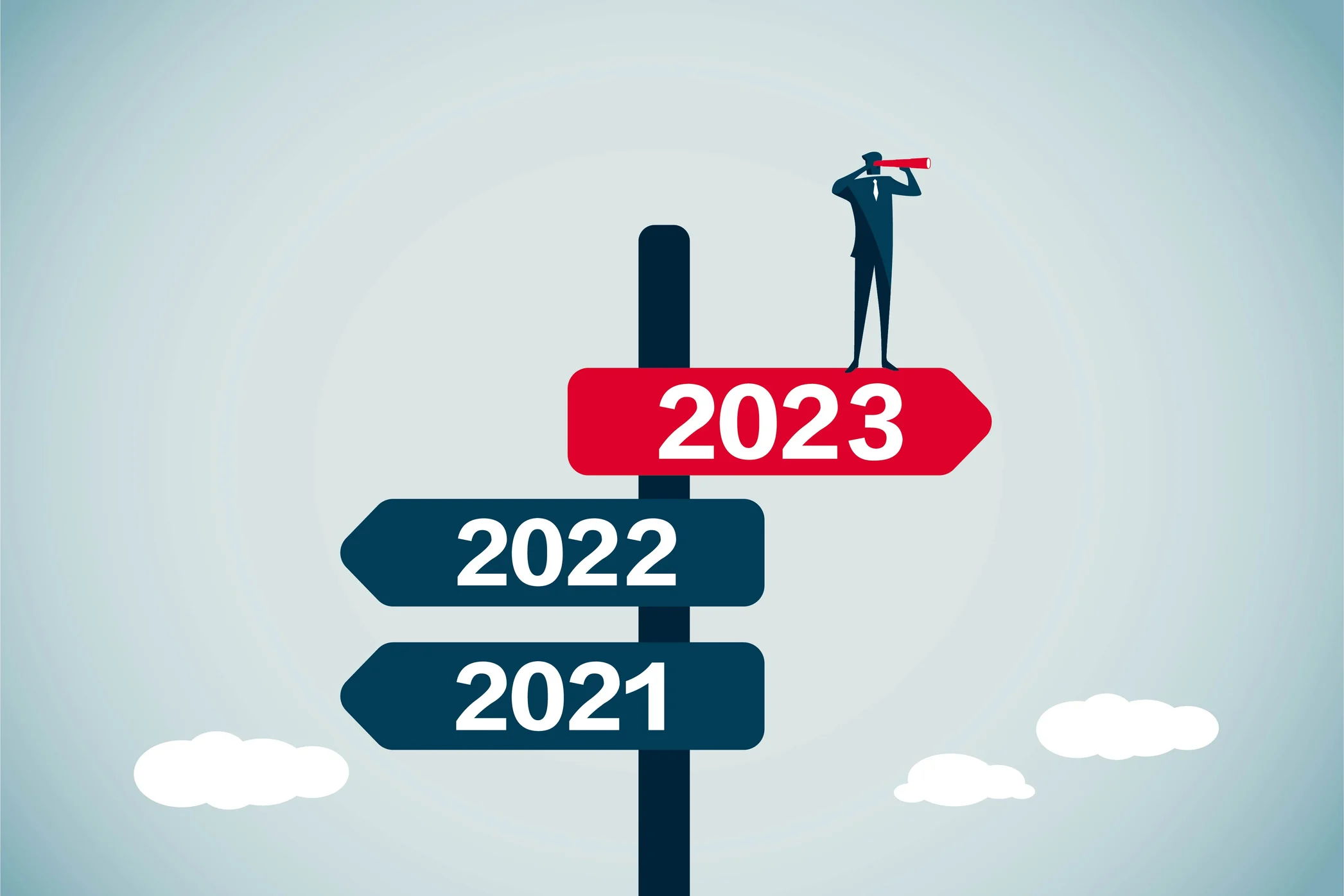Is influencer marketing the most underrated digital marketing strategy of 2025?
In 2025, the digital marketing landscape is more competitive than ever—but also more full of opportunity. As a small or midsize business (SMB) earning between $1M and $20M in annual revenue, you don’t need a massive budget to compete. You just need the right strategy. And one of the most effective approaches right now? Influencer marketing.
Whether you’re running an e-commerce brand or a service-based business like landscaping, contracting, or home renovation, influencer marketing offers a powerful way to reach your target audience with real, relatable voices. But it has to be done right—because influencer marketing isn’t just for big brands with deep pockets anymore. It’s a measurable, repeatable, scalable system that SMBs can absolutely use to grow in 2025.
Let’s unpack how.
What is Influencer Marketing—and Why It Matters for SMB Growth in 2025
Influencer marketing is a form of marketing that partners brands with individuals—aka influencers—who have built trust with their followers on social media platforms like Instagram, TikTok, YouTube, or blogs. These influencers share your products or services within their content, giving your brand exposure in an authentic, engaging way.
It works because people trust people. Influencer content feels more like a personal recommendation than a traditional ad. And in 2025, consumers are tuning out standard ads more than ever before. This “ad blindness” has shifted the marketing industry toward voices that resonate as real.
For small businesses, influencer marketing helps increase brand awareness, generate warm traffic, and even drive conversions—without blowing their budget on high-cost ad channels.
What’s more, user-generated content (UGC) now dominates the digital marketing strategy conversation. UGC is organic-looking content created by real people—not polished brand shoots. Nano- and micro-influencers are leading the wave of this kind of content and are far more effective for SMBs than mega influencers.
Here’s the reality: Influencers aren’t just celebrities. They’re niche experts, local creators, mom bloggers, contractors, lifestyle vloggers, and hobbyists who built followings by being relatable, honest, and helpful. That’s exactly the type of influencer your customers are likely to engage with—and that’s why influencer marketing works for small businesses, not just big ones.
Key Types of Influencer Marketing Strategies for 2025
To create an influencer marketing strategy that fits your brand and budget, you first need to understand the types of influencers and marketing approaches available.
Nano-influencers typically have 1,000 to 10,000 followers. Their audiences are small but loyal. They’re cost-effective and ideal for niche marketing or local targeting.
Micro-influencers (10k–100k followers) offer a great balance of reach and engagement. They’re often trusted experts in their space and are one of the most successful influencer marketing options for SMBs.
Macro-influencers and mega-influencers (100k+ followers) reach large audiences but at a higher cost. For small businesses, the return on investment can be unreliable unless the partnership is incredibly aligned.
Then there are platforms to consider. TikTok influencers are great for short-form, viral content, especially for younger demographics. Instagram influencers are strong on visual appeal—think remodeling projects, fashion, or food. YouTube creators work well for instructional or long-form education, which is perfect for products that need explanation or for service-based marketing campaigns. Niche blogs can help with local SEO and long-term content value.
Also consider roles: UGC creators produce content you own to use on your channels, while paid brand ambassadors promote your brand directly to their audience. Both have value depending on your goals.
If you’re a small business, **start with what’s manageable.** Focus your influencer strategy on nano and micro-influencers on one or two platforms where your audience spends their time. This keeps your influencer marketing efforts effective and focused.
How to Find and Partner with Influencers as a Small Business
To build an effective influencer marketing campaign, you need the right influencer relationships. Here’s a proven process that helps small businesses do just that.
First, define your goals. Are you looking to increase brand awareness, generate leads, drive conversions, or grow your social proof? Having a clear objective will guide your influencer strategy.
Next, identify influencers that align with your brand values, products or services, and target audience. Look beyond vanity metrics. A smaller, engaged audience beats a huge, passive one. More importantly, ensure your influencer feels like a natural fit. You want influencers who genuinely like your brand and would use your services or products without being paid.
You can find influencers by searching relevant hashtags in your niche, using influencer marketing platforms like Upfluence or Aspire, or working with a boutique marketing agency that specializes in influencer marketing.
When you reach out, keep it personal and professional. Explain why you think they’re a great fit and how the partnership could provide mutual value. Don’t try to lowball or ghost them—relationship-building matters.
Negotiate deliverables, deadlines, and usage rights clearly. Some influencers may ask for payment, while others might accept free product or services. Know their worth, and remember: **You’re paying for both reach and content quality.**
Finally, show appreciation and nurture the connection. Multiple influencers over time can build ongoing awareness. Trust and consistency go further than a one-off influencer post.
Integrating Influencer Content Into Your Digital Marketing Strategy
Once you have influencer content, don’t let it sit on their profile and vanish. Repurpose it across all your digital channels.
Put influencer posts in your paid social ads—they often outperform brand-created ads. Use influencer videos or testimonials in your email campaigns, on your website, or even in printed materials like brochures.
This is where UGC shines. It’s flexible, authentic, and cost-effective. Just make sure you have usage rights in your influencer agreement and that influencer content aligns with your brand voice and messaging. Consistency still matters as much as creativity.
From a funnel perspective, influencer marketing helps build awareness. It can also drive traffic to your website where you can capture emails, retarget with ads, and nurture prospects through the decision stage. Influencer marketing helps build the top of your funnel but works best when integrated across it.
Best Practices for Getting Results from Influencer and UGC Campaigns
To get real traction, it’s not enough to just work with influencers. You need to treat this like any other digital marketing strategy—with intention.
Make sure each influencer campaign includes a clear call to action (CTA)—whether that’s to shop a collection, sign up for a consultation, or watch a video. Test different formats: some audiences respond better to Reels, others to Stories or long-form captions.
Focus on consistency over time. A single influencer shout-out won’t build trust, but multiple influencer collaborations over months will. Consider building longer-term influencer partnerships where you’re part of their narrative—not just a product placement.
Also, think beyond promotion. How are you capturing interest? Include lead forms, discount codes, or SMS opt-ins for influencer-led traffic. Then retarget that traffic with paid ads or nurture campaigns to drive conversions.
Above all, avoid influencer marketing mistakes like partnering randomly, failing to set clear goals, or ghosting your creators after one campaign. Building influencer relationships is a key part of your ongoing marketing efforts.
Measuring Success: Metrics That Matter
You don’t need a fancy influencer marketing dashboard to measure results—but you do need clarity.
At the top of your funnel, track engagement, reach, video views, and new followers to measure brand awareness. In the middle, look for website traffic, time on site, or email signups. At the bottom, measure conversions, cost per acquisition, and overall return on investment.
Tools like Google Analytics, UTM links, and platform insights from Instagram or TikTok are usually enough to track campaigns if you’re an SMB. If you want to level up, consider tools like Later, HypeAuditor, or the influencer marketing hub platforms that offer reporting dashboards.
But don’t get stuck chasing only vanity metrics. The purpose of influencer marketing is a business result—whether that’s traffic, leads, or sales. Base your evaluation on outcomes, not just likes or shares.
A Final Thought: Influencer Marketing Is a Scalable System—Not a Gamble
If you’ve held back because influencer marketing felt risky or reserved for big brands, it’s time to think differently.
Influencer marketing is a social, people-powered tactic that fits naturally into how consumers discover businesses today. With the right influencer, authentic storytelling, and an integrated digital marketing strategy, small and midsize businesses can see real growth in 2025 and beyond.
Expectations should be realistic, but optimistic. You won’t get a viral hit from every post—but you can build brand awareness, generate leads, and grow sales by staying focused, strategic, and consistent.
The key is to treat influencer marketing like any other marketing channel. Test, learn, optimize, and repeat. Over time, you’ll build an effective influencer marketing system that supports your larger business goals.
So if you’re thinking about how to best invest in influencer marketing this year, start simple—but start now. Because the longer you wait, the more your competitors will steal attention from the followers you could be earning.
Ready to create an influencer marketing strategy that actually works for your business? Our team can help you identify influencers that align with your brand, build an effective influencer marketing campaign, and integrate influencer content across your digital channels. Contact us to learn more about influencer marketing today.








0 Comments